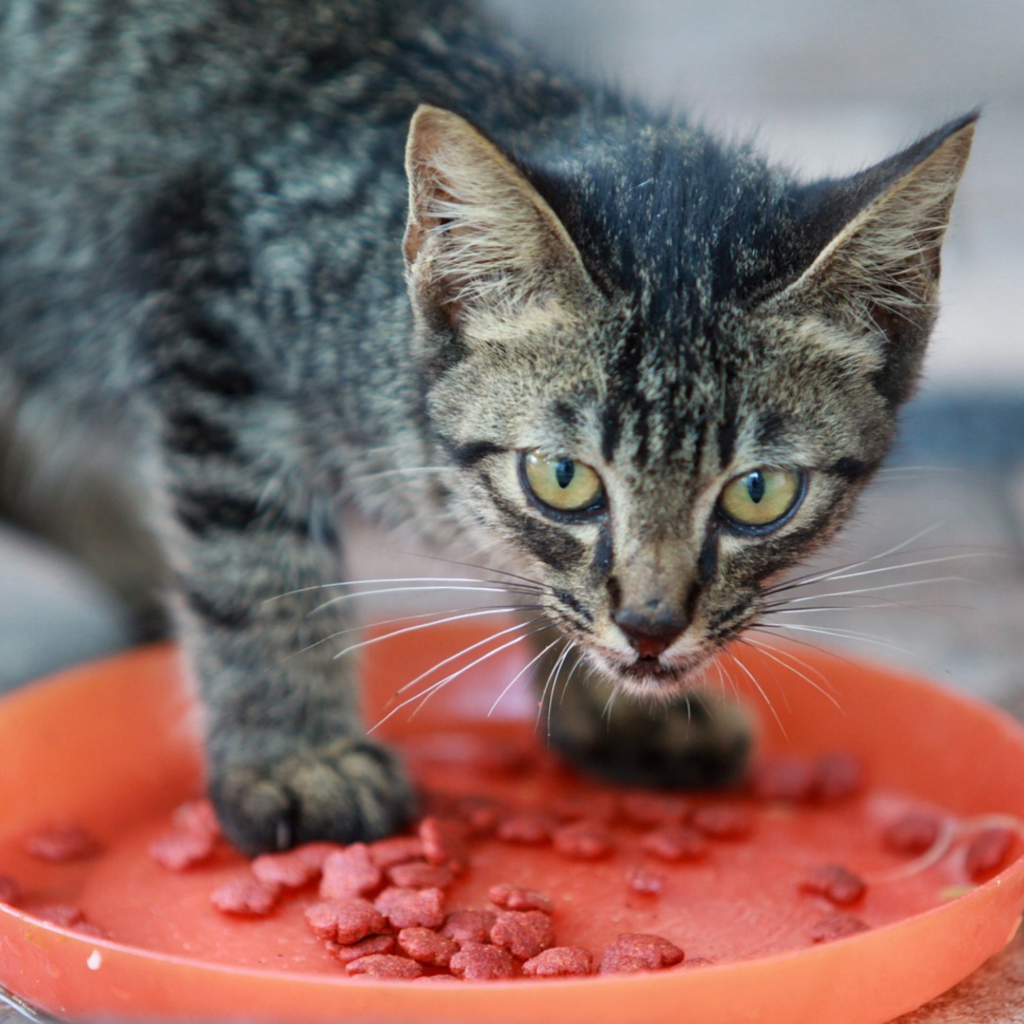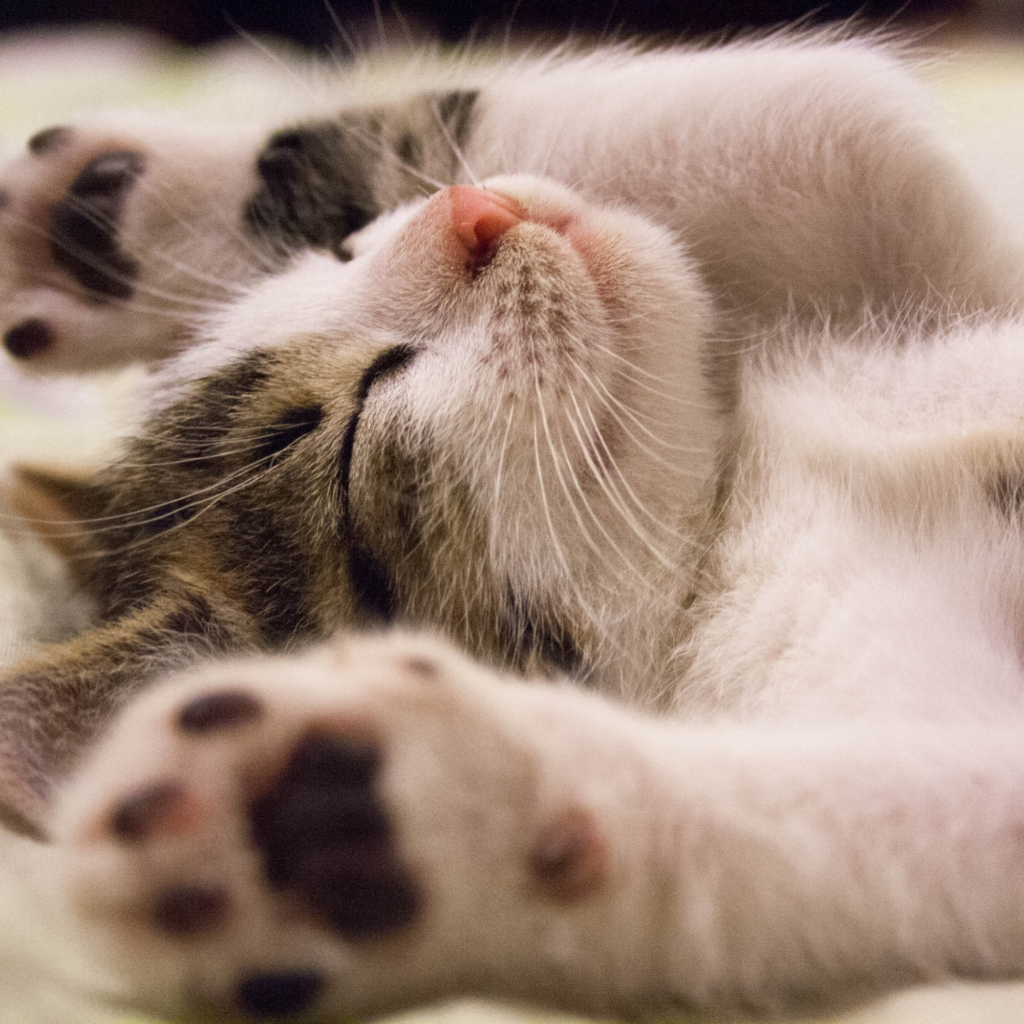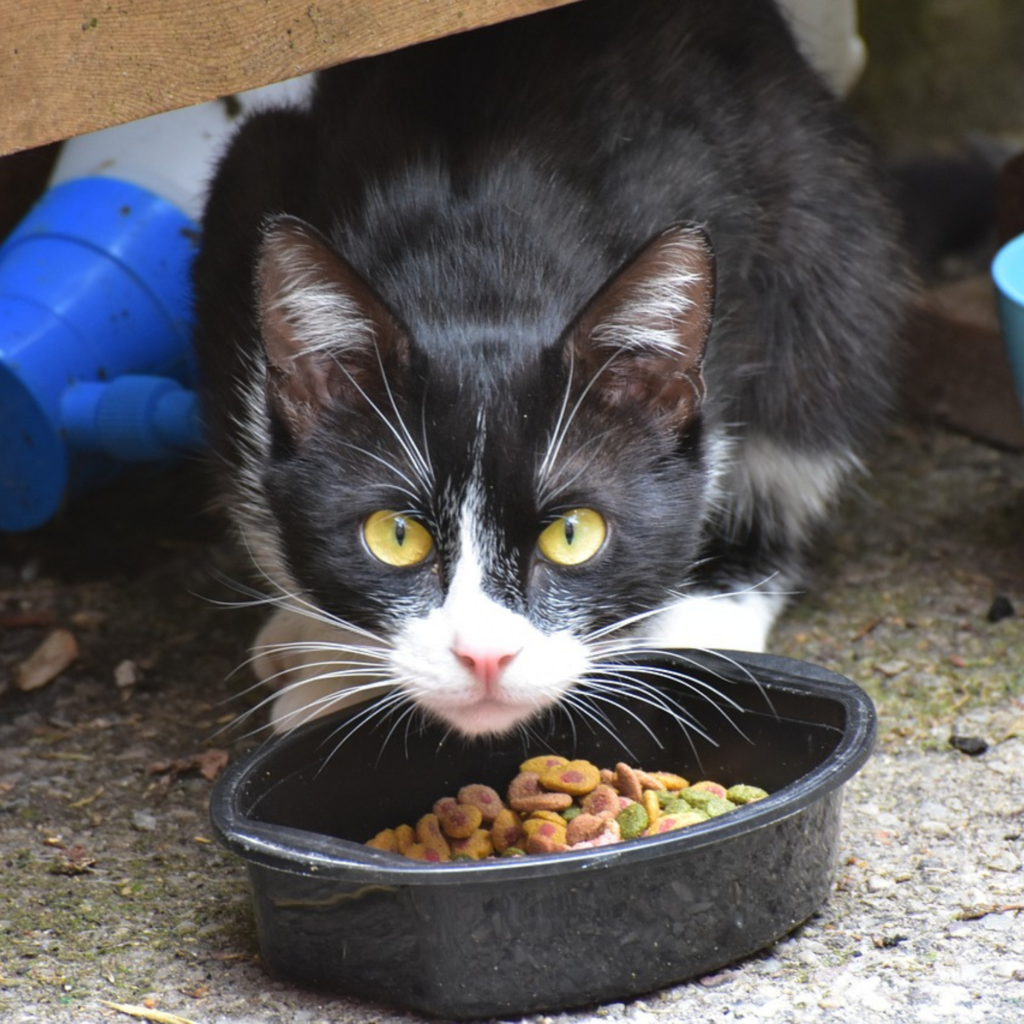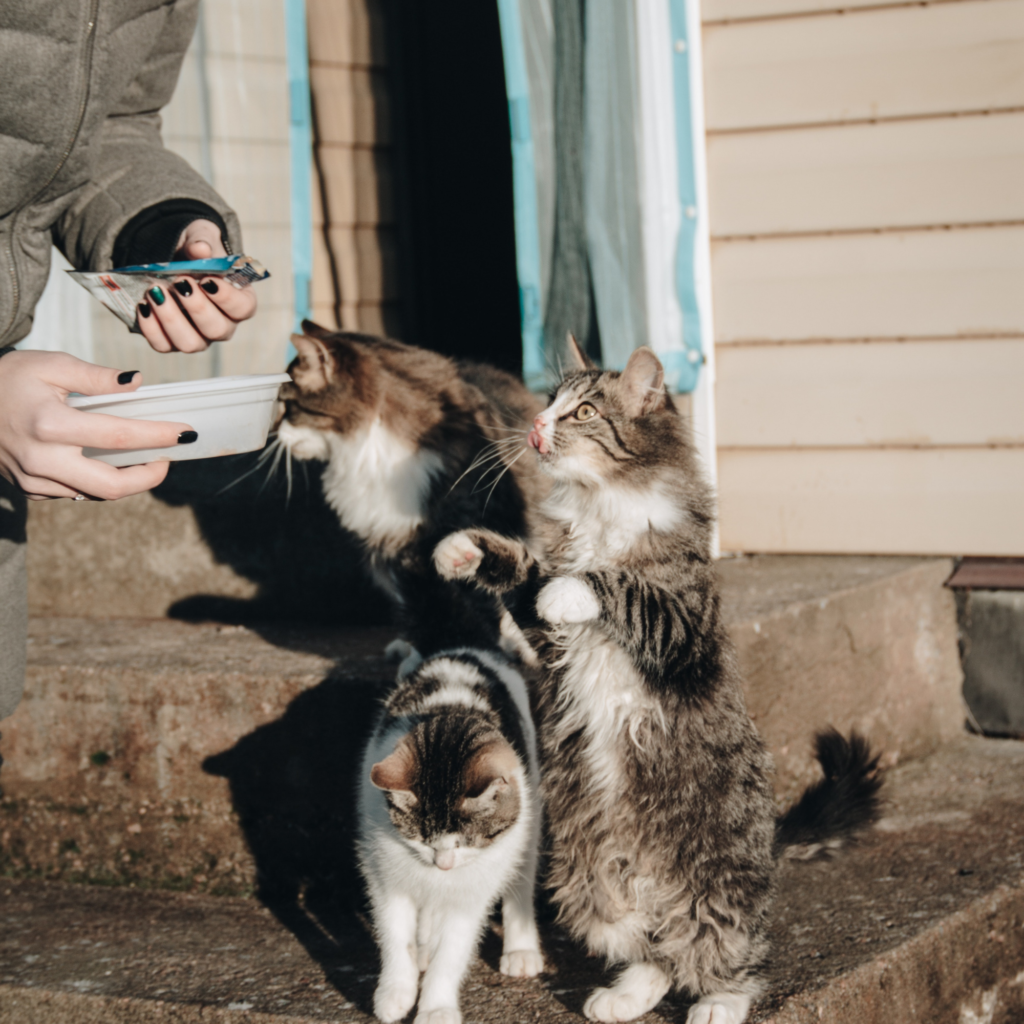Are Cats Carnivores or Omnivores? Busting Myths
In the wide array of pets, cats hold a special place in the hearts of millions. While their quirky behaviors are universally loved, their dietary preferences often create intrigue. The key question that arises is – Are cats carnivores or omnivores? Although it is commonly observed that cats may consume certain types of plant-based foods, the scientific evidence strongly points towards cats being obligate carnivores. This article will delve into this fascinating subject to clarify the mysteries surrounding feline dietary habits.
Find the nutrient criteria for cats on AAFCO.
Table of Contents
Understanding Dietary Categories(Are cats carnivores or omnivores continued)
Before embarking on our exploration, it’s essential to grasp the meaning of the terms “carnivore” and “omnivore”. A carnivore is an organism that primarily feeds on other animals. Conversely, an omnivore is an organism that can derive its nutrients from a wide variety of food sources, including both plants and animals.
Cats: Obligate Carnivores by Nature
According to their biological design, cats are considered obligate carnivores. This term implies that cats are biologically designed to acquire their necessary nutrients from a diet primarily or exclusively consisting of meat. This conclusion has been arrived at by studying their anatomy, physiology, and nutritional needs.
The feline gastrointestinal system, for instance, is short and lacks complexity, more akin to the anatomy of a carnivore than an omnivore or herbivore. This is because meat is relatively easy to digest, and a lengthy, complex digestive tract isn’t required to break it down.
Additionally, their dental structure is specifically tailored for a meat-eating lifestyle. Cats have sharp, pointed teeth designed for seizing and tearing meat, as opposed to the flat molars found in herbivores for grinding plant matter, or omnivores, who possess a combination of both.
When it comes to physiology, cats lack the ability to produce certain essential nutrients on their own, forcing them to source these from their diet. A striking example is the amino acid taurine. Taurine is found almost exclusively in animal tissues, and a deficiency in this nutrient can lead to serious health problems in cats, including blindness and heart failure. Similarly, cats also require arachidonic acid, an essential fatty acid found in animal fats, and vitamin A in its active form, again obtained directly from meat.
Observations of Omnivorous Behavior
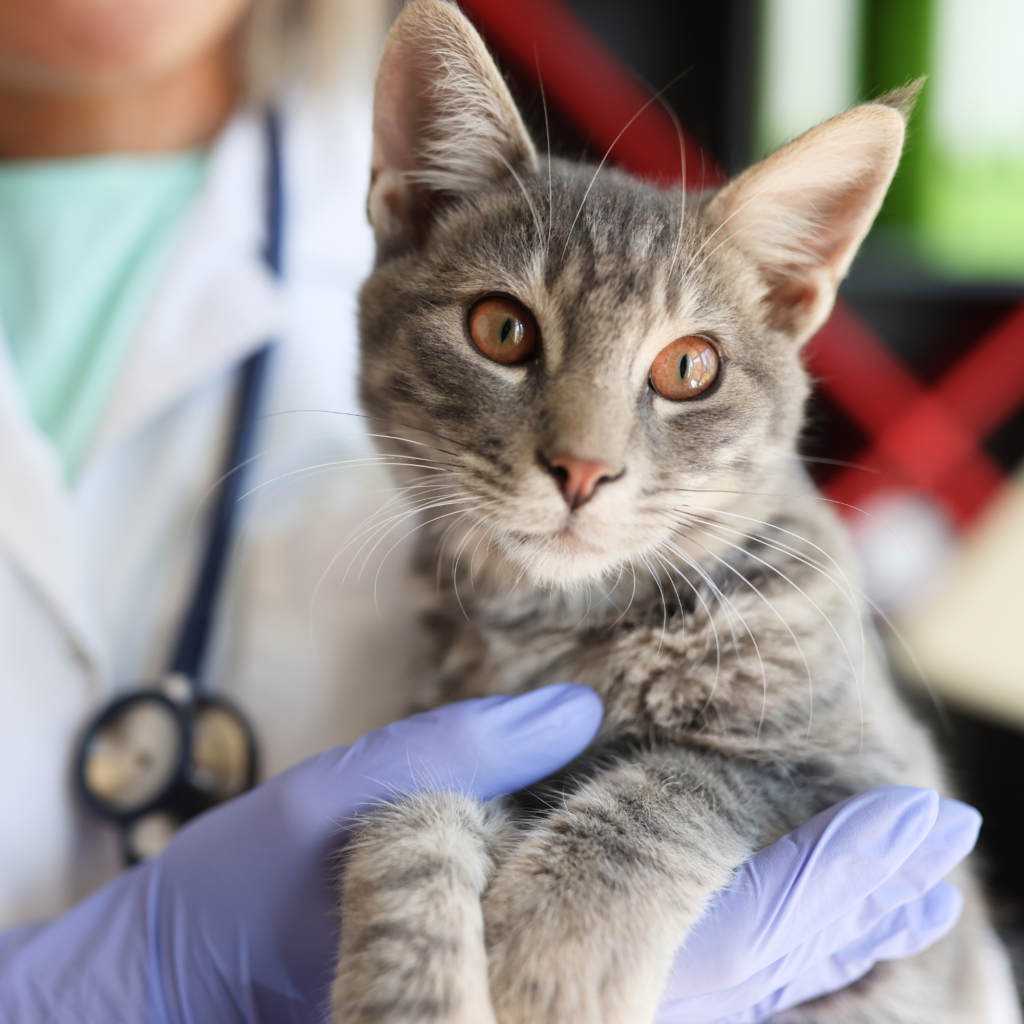
Despite being obligate carnivores, cats have been observed to engage in seemingly omnivorous behavior. They sometimes consume plant matter and can even show a fondness for certain fruits, vegetables, or grains. However, it’s crucial to note that this behavior does not change their biological classification as carnivores.
For instance, some cats may chew on grass or other plant matter, often as a way to induce vomiting to clear their digestive tracts of indigestible material like fur balls. Others may nibble on vegetables or fruits out of curiosity or because they find the texture or movement of the food stimulating.
Importantly, these instances should not be mistaken as evidence of cats being omnivores. Cats may enjoy certain plant-based foods, but this does not mean they can thrive on a vegetarian or vegan diet.
Nutritional Implications and Cat Food
The understanding that cats are obligate carnivores has significant implications for pet owners concerning the diet they provide. A cat’s diet must primarily consist of high-quality meat to meet their nutritional needs.
Cat food products, both dry and wet, are formulated considering these nutritional needs, focusing on animal-based proteins. They are fortified with essential nutrients that cats are unable to synthesize themselves, ensuring a balanced and appropriate diet. It’s vital for cat owners to be cautious of pet food marketing and verify the ingredients to ensure the meat is a primary component.
Conclusion
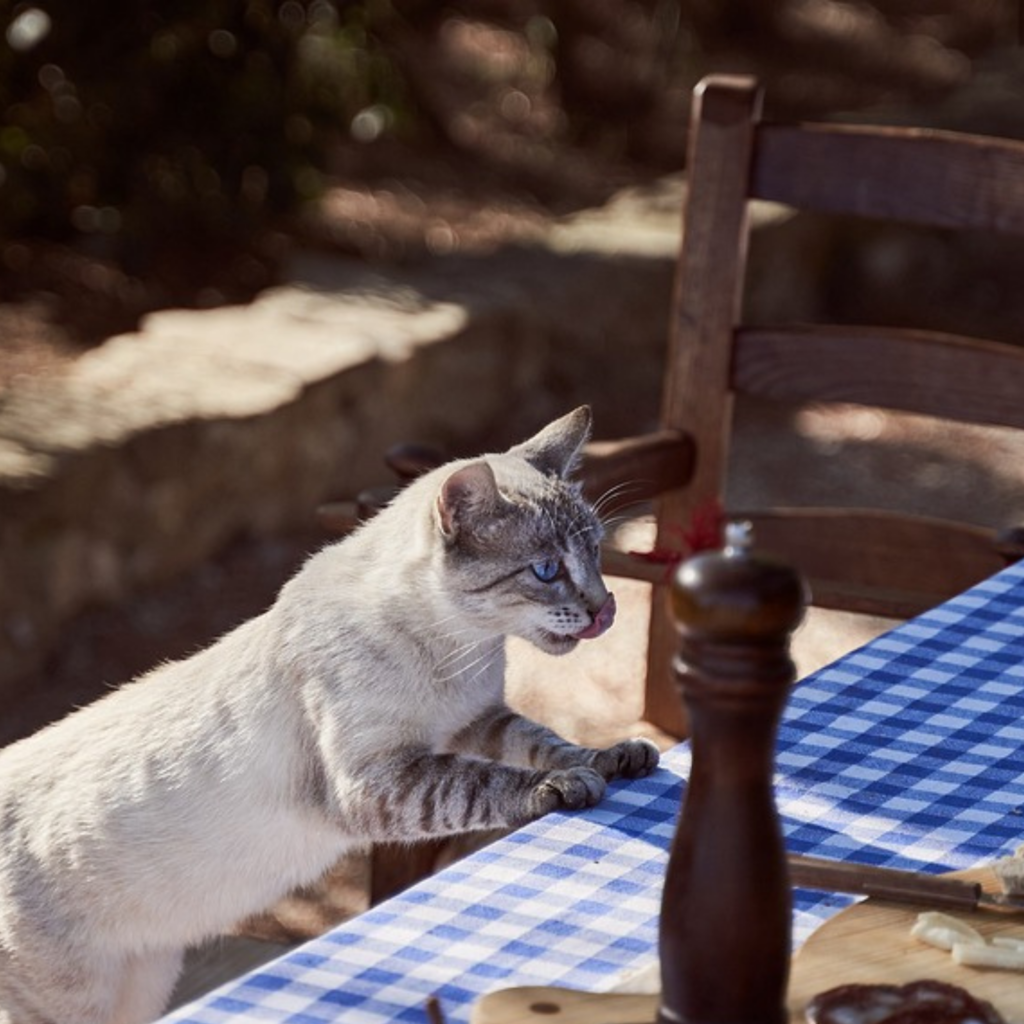
The debate on whether cats are carnivores or omnivores can be put to rest by considering their biological design and dietary requirements. Despite occasional deviations, cats are obligate carnivores, and their diet must reflect this to ensure optimal health.
While cats may exhibit an interest in certain plant-based foods, it is out of curiosity, behavioral tendencies, or specific physiological needs, not because these foods meet their nutritional requirements. Cat owners must, therefore, ensure their pets are fed a diet that is high in animal-based proteins and contains all the essential nutrients their feline friends need to thrive.
The charm of cats lies not only in their appealing aesthetics but also in their fascinating biological design and behaviors. As we continue to understand them better, it is important to adjust our care to meet their specific needs, and acknowledging their carnivorous nature is an integral part of this process.
FAQ’s
Are cats 100% carnivorous?
Yes, cats are obligate carnivores, which means they require a diet that consists primarily of meat.
Are cats actually omnivores?
Cats are obligate carnivores, which means they primarily require meat in their diet. While they may consume small amounts of plant matter, their nutritional needs are best met through a diet rich in animal protein.
Is a house cat a carnivore?
Yes, a house cat is a carnivore.
Do cats eat any meat?
Yes, cats are obligate carnivores and their diet primarily consists of meat.











